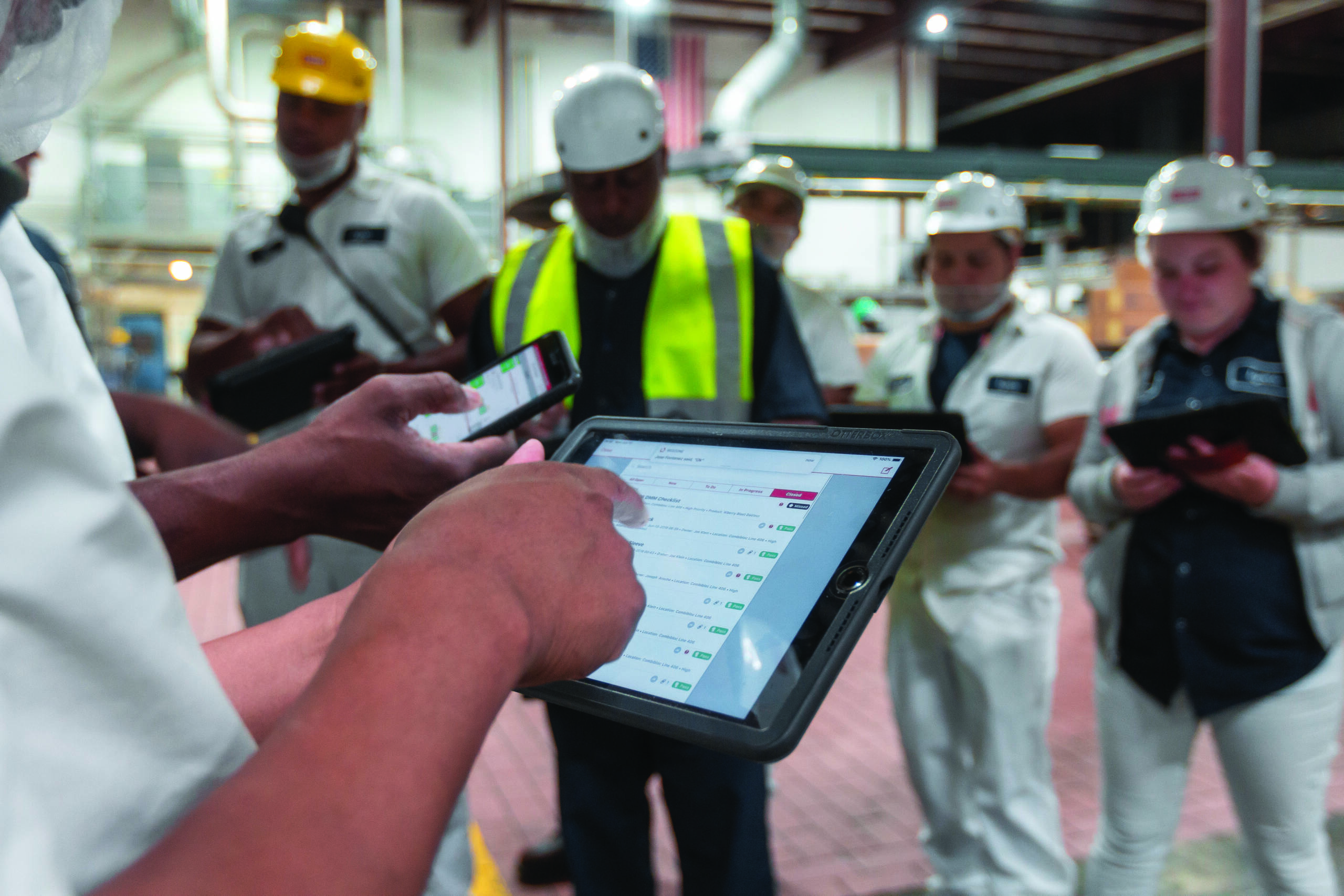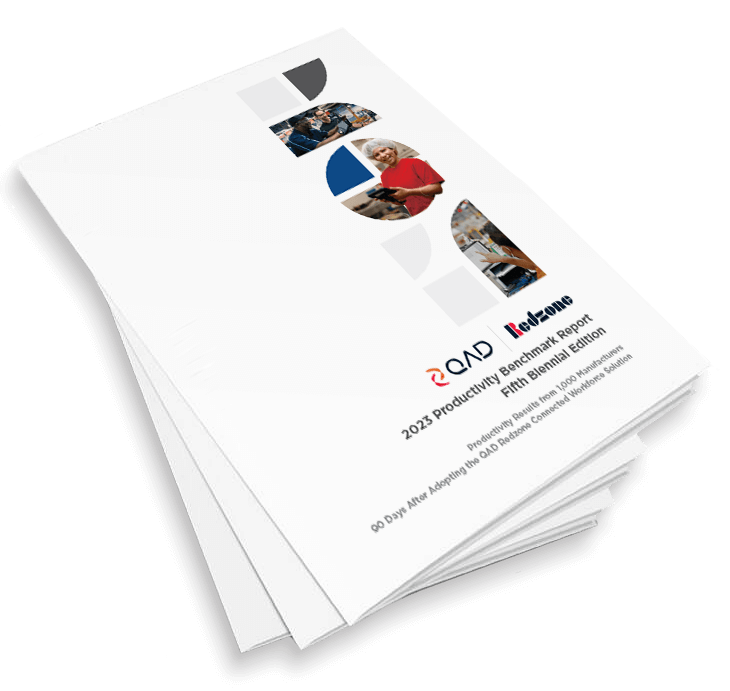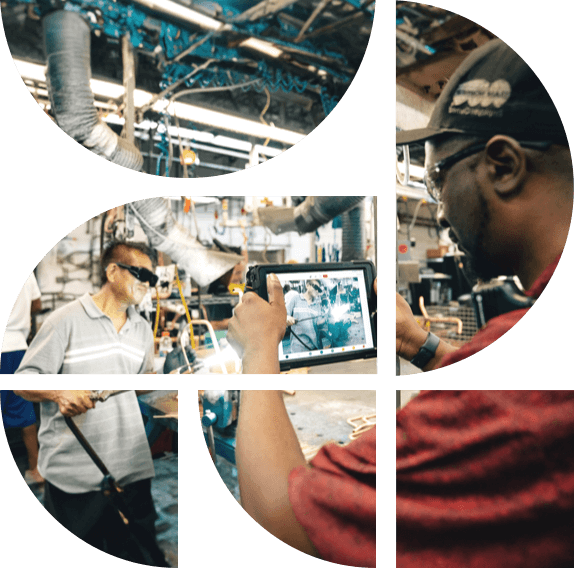Press Release: QAD Redzone is Front Runner in LNS Research Connected Frontline Workforce Applications Solution Selection Matrix Read Now
November 6, 2023

Industry volatility and risks are increasing. From geopolitical developments to supply chain shortages, customer demand changes, and worker attrition, manufacturers have navigated incredible turbulence over the past few years.
Manufacturers must increase their ability to anticipate and respond to sudden or longer-term shifts that impact their business. This trend is called creating an adaptive enterprise.
An adaptive enterprise can interpret trends in real time, evolve its response, and even change business models to capture more demand and operate efficiently. During the pandemic, manufacturing companies used analytics and digital processes to meet growing demand and develop new products and services, increasing revenues.
“An adaptive business initiates change; an agile business reacts to it,” says Jim Stoneham, CMO of Stripe,in a Forbes article. Companies with advanced adaptive business processes grow at 3X the industry average because they identify and capture more opportunities. For example, when scientists accidentally discovered that human brains responded to high levels of GLP-1 by eating less, drug manufacturers rushed to create highly effective new weight-loss drugs. This new market could reach $100B in sales by 2030.
Characteristics of an Adaptive Enterprise
So, what do adaptive enterprises look like in practice? Deloitte provides a simple framework that leaders can use to build an adaptive enterprise. These companies should be:
How Companies Can Create Adaptive Enterprises
So, how can manufacturing companies become more adaptable? They:
QAD’s Vision of an Adaptive Enterprise
QAD provides solutions for manufacturers seeking to build adaptive enterprises. The company’s website states, “If you don’t know what the future will look like, but you know it will be different, the best thing you can do is develop a capability for your business to be adaptive today.”
QAD’s solutions include effective enterprise management, integrated supplier management, digital manufacturing, complete customer management, and connected supply chains.
Manufacturing leaders want to see their business as an end-to-end value stream. With the latest updates in process intelligence modeling, QAD customers gain real-time insights into how their processes in manufacturing, supply chain, and general enterprise operations are flowing and performing.
In 2022, QAD acquired Redzone to extend its vision of enabling adaptive enterprises. Manufacturers that deploy the QAD Redzone Connected Workforce Solution empower workers to solve production, quality, and maintenance problems and win the day.
Use This Roadmap to Get Started
If your company struggles to become more adaptable, the good news is that you can make changes in weeks to drive business outcomes.
1,000 Factories’ Productivity Data: The Largest Dataset of Its Kind ...

Contact us and let's begin empowering your frontline and growing your bottomline.
